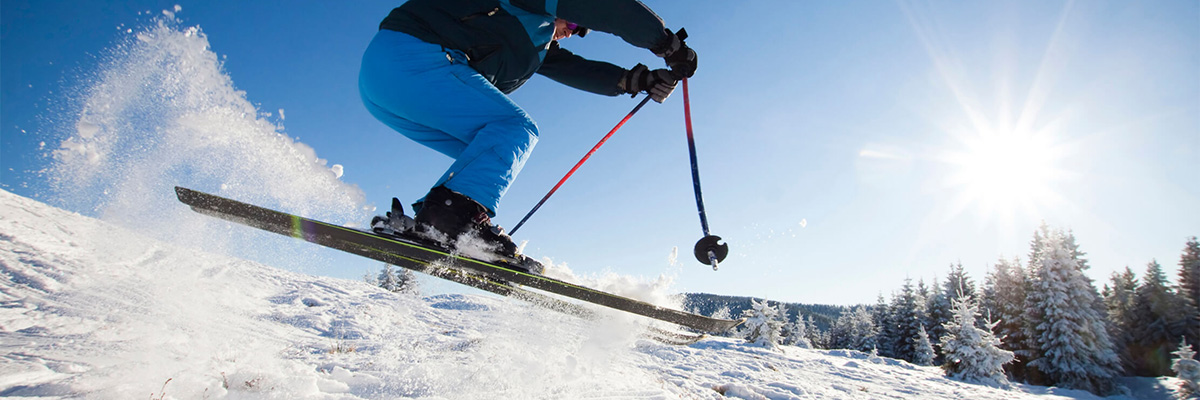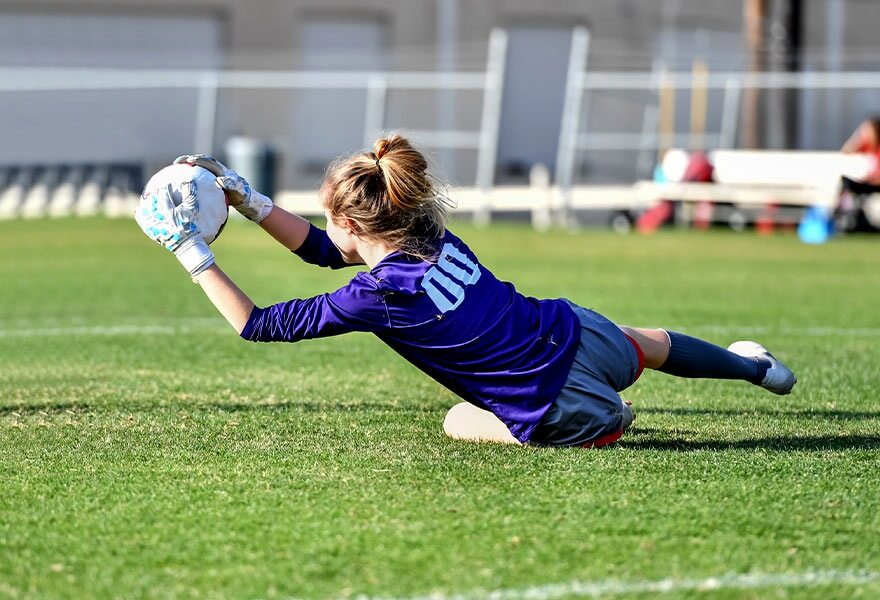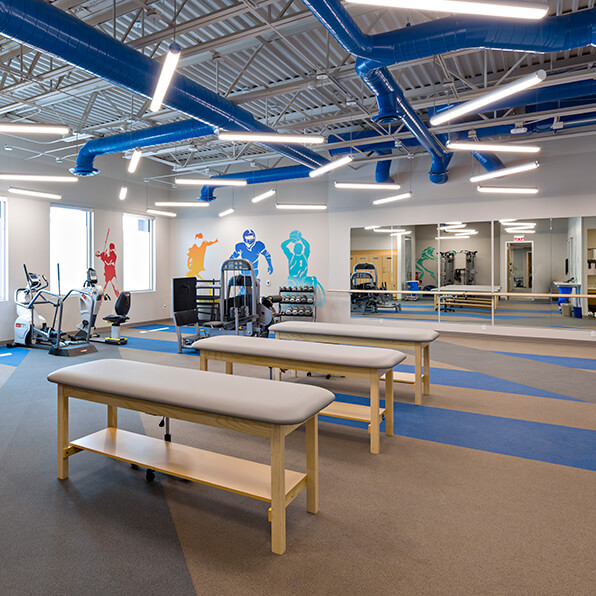ROCHESTER, Minn. — Winter is a wonderful time of year, especially if you can avoid slipping, falling and getting hurt.
Sanjeev Kakar M.D., a Mayo Clinic orthopedic surgeon who specializes in injuries to the hand and wrist, treats his share of injuries during the winter.
Here are some of the common injuries Dr. Kakar sees and how he treats them:
Frostnip and frostbite
Frostbite happens when the skin and underlying tissues freeze. Mild frostbite ― the earliest stage of the condition ― is known as frostnip.
“It’s a spectrum. With the milder forms, you can get some pain and some numbness of the fingertips, and the skin can change its color,” Dr. Kakar says. “It can be red, white or blue. Blisters can also develop on your hands, and it can be a very serious injury.”
Frostbite is more common than people think, Dr. Kakar says. He sees frostbite when the temperature is 5 degrees Fahrenheit with minimal windchill. If the windchill drops to 15 degrees below zero Fahrenheit, frostbite can set in within 30 minutes.
The fingers, toes, nose, ears, cheeks and chin are especially at risk. Exposed skin in cold, windy weather is most vulnerable, but frostbite can occur on skin covered by gloves and clothing.
You can treat frostnip at home with first-aid care, as the skin is not permanently damaged. Beyond that, seek medical attention because frostbite can permanently damage skin, muscle, bone and other tissue. Depending on the severity of the injury, treatments could include medications, wound care or surgery.
Wrist fractures
Dr. Kakar also sees a rise in wrist injuries immediately after winter storms, especially among older people whose bones may be fragile because of conditions like osteopenia or osteoporosis. However, he also sees snowboarders, skiers and ice skaters who have broken their wrists during their activities.
Treatments can include a splint, cast or surgery. In most cases, Dr. Kakar says four to six weeks in a cast to let the bone heal may be needed, assuming it’s aligns properly. Sometimes surgery is needed. Surgeons then place plates, screws or pins to stabilize the broken bone so it can heal correctly.
Dr. Kakar says he sees many broken wrists during holiday merriment. People fall, don’t realize they’re hurt and wake up sore. It’s best to get your injury checked out as soon as possible. If you must walk in snow or on ice, take it slow and have something or someone to hold onto in case you start to fall.
Thumb ulnar collateral ligament injuries
“Skier’s thumb” happens when the skier falls — while the ski pole is planted — onto an outstretched hand or thumb, or the pole pulls against the hand and tears the ulnar collateral ligament of the thumb. The ligament can be partially torn or completely ruptured. Most of the time, X-rays are negative for fracture, though it’s possible to have an avulsion, or chip fracture, Dr. Kakar says.
Symptoms of skier’s thumb include tenderness, pain and swelling, as well as instability of the thumb knuckle, or metacarpophalangeal joint. If the patient’s thumb is stable, Dr. Kakar can treat the injury with a splint or cast for four to six weeks. Surgery may be necessary with unstable joints, complete ruptures or fractures.
“It’s an outpatient procedure. We repair the ligament back down to the bone,” Dr. Kakar says. “After that, patients go to a hand therapist who can help get them back to their activities and out of a cast much quicker, as surgical techniques have advanced.”
Besides skiing, thumb ulnar collateral ligament injuries can happen in a number of sports that require hand-held equipment, or hand or ball contact ― or, for example, if you fall off a bicycle and the thumb catches the handlebar. A chronic version ― called “gamekeeper’s thumb” ― occurs when repeated motions gradually stretch and tear the ligament.
Originally published on Mayo Clinic News Network.






